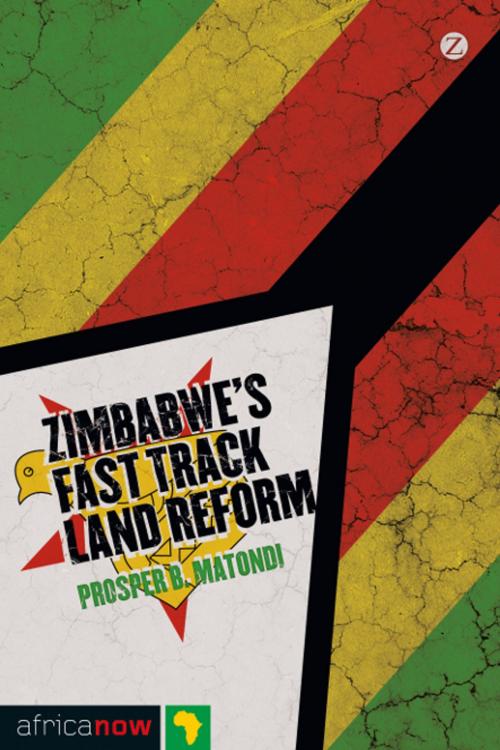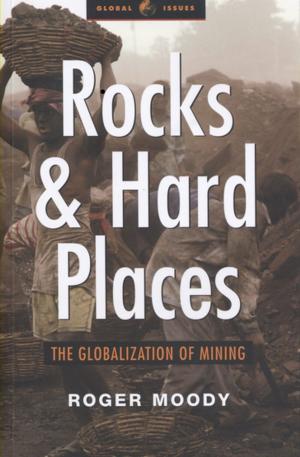Zimbabwe's Fast Track Land Reform
Nonfiction, Reference & Language, Reference, Social & Cultural Studies, Political Science, Social Science| Author: | Prosper B. Matondi | ISBN: | 9781780321516 |
| Publisher: | Zed Books | Publication: | November 8, 2012 |
| Imprint: | Zed Books | Language: | English |
| Author: | Prosper B. Matondi |
| ISBN: | 9781780321516 |
| Publisher: | Zed Books |
| Publication: | November 8, 2012 |
| Imprint: | Zed Books |
| Language: | English |
The Fast Track Land Reform Programme in Zimbabwe has emerged as a highly contested reform process both nationally and internationally. The image of it has all too often been that of the widespread displacement and subsequent replacement of various people, agricultural-related production systems, facets and processes. The reality, however, is altogether more complex. Providing new and much-needed empirical research, this in-depth book examines how processes such as land acquisition, allocation, transitional production outcomes, social life, gender and tenure, have influenced and been influenced by the forces driving the programme. It also explores the ways in which the land reform programme has created a new agrarian structure based on small- to medium-scale farmers. In attempting to resolve the problematic issues the reforms have raised, the author argues that it is this new agrarian formation which provides the greatest scope for improving Zimbabwe’s agriculture and development. Based on a broader geographical scope than any previous study carried out on the subject, this is a landmark work on a subject of considerable controversy.
The Fast Track Land Reform Programme in Zimbabwe has emerged as a highly contested reform process both nationally and internationally. The image of it has all too often been that of the widespread displacement and subsequent replacement of various people, agricultural-related production systems, facets and processes. The reality, however, is altogether more complex. Providing new and much-needed empirical research, this in-depth book examines how processes such as land acquisition, allocation, transitional production outcomes, social life, gender and tenure, have influenced and been influenced by the forces driving the programme. It also explores the ways in which the land reform programme has created a new agrarian structure based on small- to medium-scale farmers. In attempting to resolve the problematic issues the reforms have raised, the author argues that it is this new agrarian formation which provides the greatest scope for improving Zimbabwe’s agriculture and development. Based on a broader geographical scope than any previous study carried out on the subject, this is a landmark work on a subject of considerable controversy.















